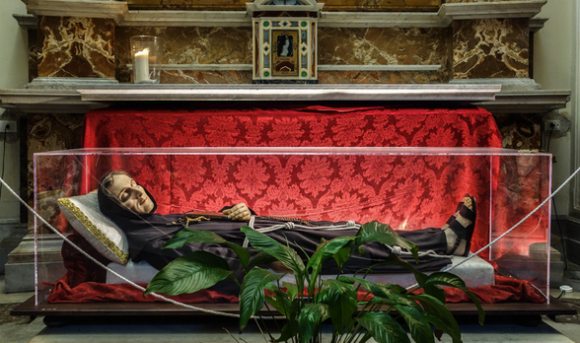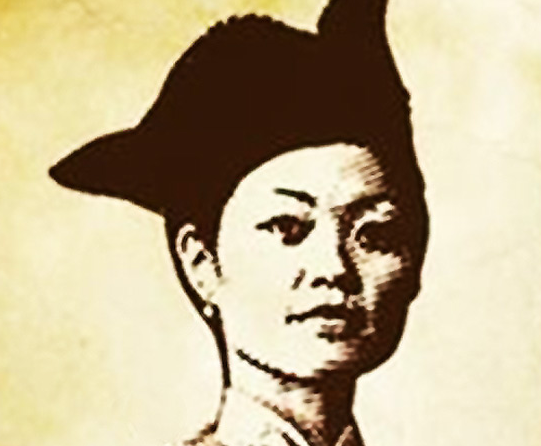The World of “Fictophones”: Imaginary Musical Instruments
Well, we’ll be damned…Cat pianos?
Cat Pianos, Sound-Houses, and Other Imaginary Musical Instruments
Deirdre Loughridge and Thomas Patteson, curators of the Museum of Imaginary Musical Instruments, explore the wonderful history of made-up musical contraptions, including a piano comprised of yelping cats and Francis Bacon’s 17th-century vision of experimental sound manipulation.
“Numerous museums are dedicated to musical instruments. In Berlin and Brussels, Paris and Phoenix, one can wander rooms lined with musical artifacts from many times and places. Strolling through these rooms, one might admire the exquisite craftsmanship of a Stradivarius violin or the opulent artistry of a French harpsichord. One might linger over forgotten curiosities like the tromba marina, or abortive experiments like Adolphe Sax’s seven-bell horn. One’s path might follow changes in the instrumentarium from Renaissance woods and metals to modern plastics and electronics, and the experience might lead one to wonder at the diversity of species born from the physics of vibrating strings, air columns and resonating bodies.
Missing from such collections, however, is the peculiar class of what we like to call “fictophones”: imaginary musical instruments. Though these instruments, due to some measure of impracticality and impossibility, did not take sounding form, they were nonetheless put forth in the various means available to conjure objects in our minds: in writings, drawings, sometimes even in detailed schematics. One might suppose that imaginary musical instruments, deprived of physical reality, have no place in the cultural histories and heritages that a museum of musical instruments aims to illuminate and preserve. Yet in their own strange ways, imaginary musical instruments exist. What’s more, they have not merely shadowed or paralleled musical life; they have formed a vital part of it, participating in ways that show the fragility of the distinction between imaginary and real. No less than instruments you hold in your hand, imaginary instruments act as interfaces between mind and world, limning the edges of what we may think and do…”
For the rest, click here. Lots of amazing illustrations!
Share


